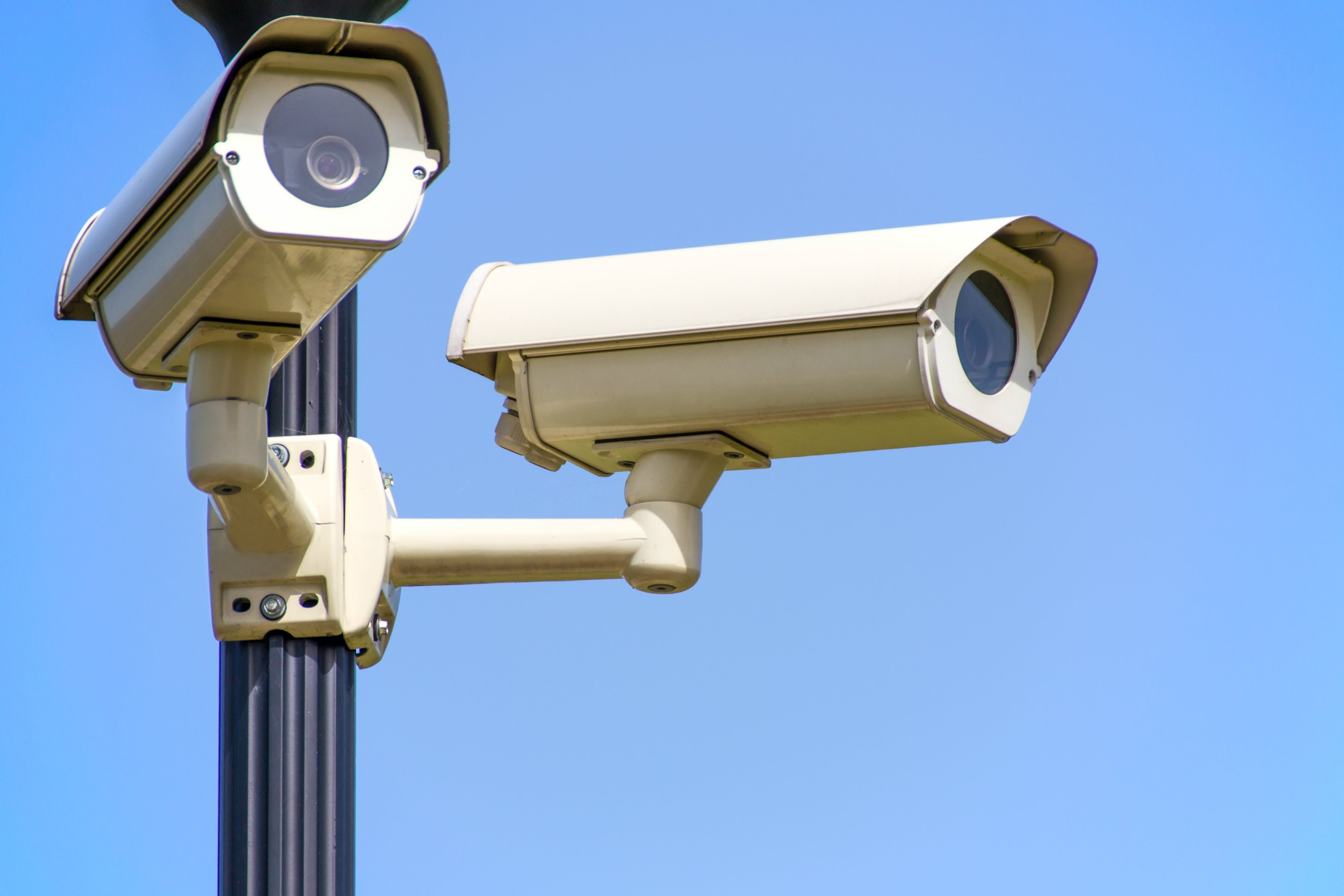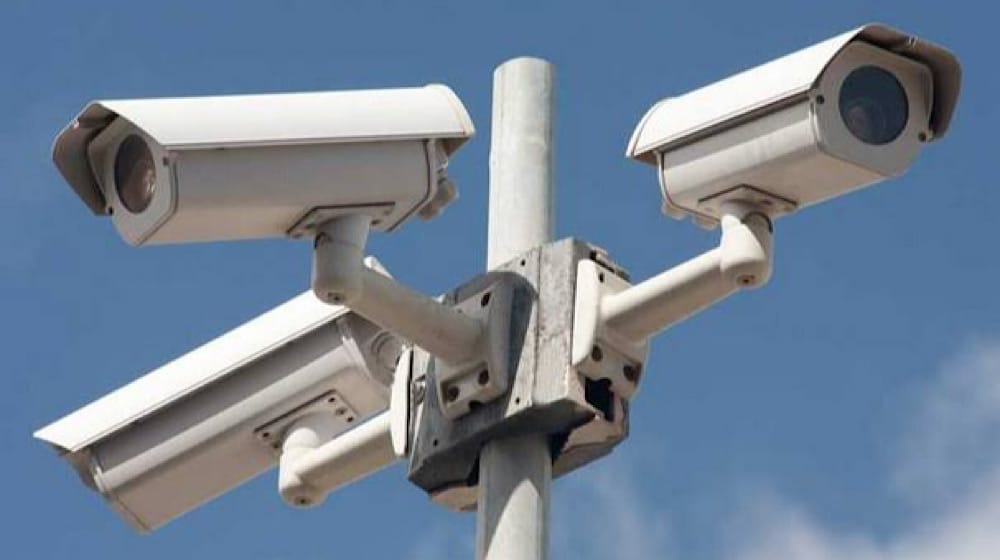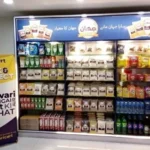Lahore is using surveillance for more than security now, its Safe City cameras are helping monitor sanitation in real time. In collaboration with the Lahore Waste Management Company (LWMC), the Punjab government is using live video to improve cleanliness across the city. This blog explores the initiative, its impact, the broader “Suthra Punjab” campaign, technological innovations, and the promise of a cleaner Lahore.
Initiative Overview: Cameras Meet Cleanliness
In July 2025, the Punjab government directed all waste management companies including LWMC to station representatives at the Punjab Safe Cities Authority (PSCA) control center. These personnel monitor live camera feeds to track cleaning activities, identify garbage buildup, illegal dumping, and neglected areas.

This builds on earlier agreements between PSCA and LWMC aimed at digitizing sanitation enforcement now leveraging automated alerts to trigger faster responses.
Operational Impact & Real-Time Monitoring
During Eid al-Adha, PSCA cameras were instrumental in tracking garbage collection, animal waste disposal, and unauthorized public use. Over 3.2 million biodegradable bags were distributed, while canal cleanliness was actively monitored through the camera network.
Chief Minister Maryam Nawaz Sharif personally reviewed cleanup progress via live feeds and emphasized maintaining camera-based oversight for future sanitation campaigns.
Strategic Expansion & Capability
Beyond Lahore, Safe City surveillance now spans 19 districts across Punjab, with a goal of deploying 5,000 cameras by mid-2025. Initially designed for security and traffic oversight, the role of these cameras has evolved to include environmental and sanitation governance.
PSCA’s authority covers Lahore and six other major cities, managing over 10,000 CCTV cameras in the province.
The “Suthra Punjab” Campaign: A Complementary Effort
The Safe City sanitation initiative dovetails with the broader Suthra Punjab (Clean Punjab) campaign, launched in December 2024 by Chief Minister Maryam Nawaz Sharif. The campaign aims to revamp waste management across all 149 tehsils, with an ambitious budget of approximately PKR 120 billion.
Equipped with over 21,000 cleaning machines, thousands of vehicles, and a tiered monitoring system using GPS and complaint hotlines, Suthra Punjab is laying the groundwork for sustained cleanliness.
Tech Innovation: Smart Surveillance & Future Potential
Beyond monitoring, cutting-edge methods like AI-based litter detection are reshaping enforcement. Research such as the “Trashbusters” system showcases fully automated systems that detect litter, track offenders, and enable prompt enforcement via camera analysis. While not yet in use in Lahore, this technology signals where urban sanitation surveillance could head next.
Public Feedback: Perspectives on Safe City Efficacy
Residents on social platforms offer mixed views. One commenter noted challenges:
“That’s true, 35% of the cameras were not working in Lahore either. But the system by and large works…”
Another lamented broader administrative issues:
“The problem is the trash pickup system… you need machinery, pickup trucks and a whole management system… Here we don’t even have a person with an MBA degree in entire government department.”
These observations highlight that surveillance is just one part effective infrastructure, staffing, and governance are equally crucial.
Conclusion
Lahore’s integration of Safe City cameras into sanitation monitoring represents a forward-thinking blend of surveillance tech and civic services. By enabling real-time tracking, cleanup alerts, and accountability, this initiative strengthens waste management efforts. When aligned with campaigns like Suthra Punjab and future-oriented tools like AI-based litter detection, Lahore’s path to sustainable cleanliness looks brighter than ever.















